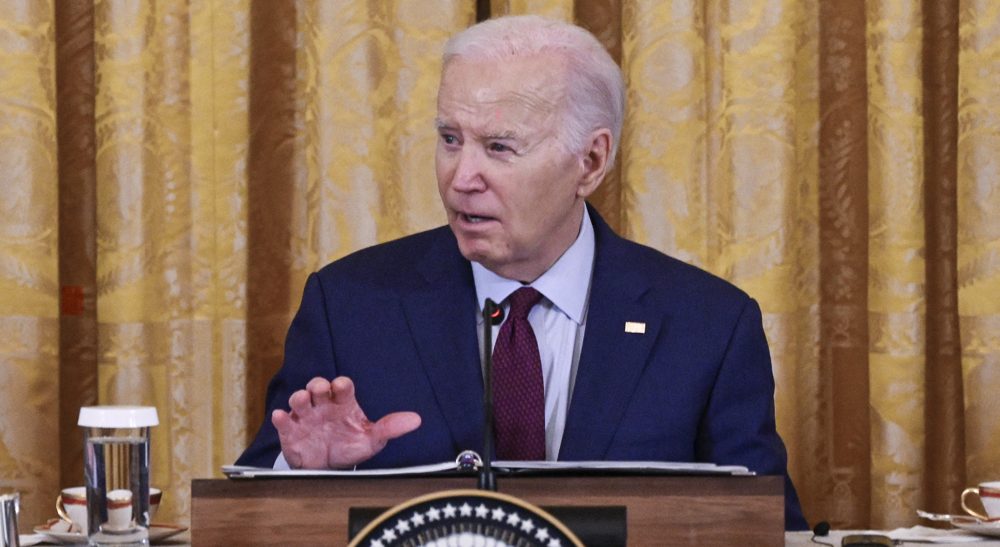Saudi Arabia using cluster bombs on Yemeni residential areas: UN
The UN human rights office says the Saudi military is using cluster bombs against residential areas in Yemen in violation of international law, blaming the Riyadh regime for most of the civilian casualties in its impoverished southern neighbor.
On Thursday, UN High Commissioner for Human Rights Zeid Ra’ad Zeid al-Hussein called for the creation of an independent international body to investigate cases of human rights violations in conflict-ridden Yemen.
“Civilians in Yemen have suffered unbearably over the years from the effects of a number of simultaneous and overlapping armed conflicts,” Hussein said in a statement, adding that “they continue to suffer...while those responsible for the violations and abuses against them enjoy impunity.”
The UN official further said “such a manifestly protracted unjust situation must no longer be tolerated by the international community,” calling for “an international, independent investigative body” to be established.
On May 6, Human Rights Watch (HRW) criticized the United States for selling cluster munitions to Saudi Arabia, urging Riyadh to stop using such banned arms that leave behind unexploded sub-munitions and endanger civilians.
Steve Goose, arms director at HRW and chair of the Cluster Munition Coalition, an international coalition of groups working to eradicate cluster munitions, said Saudi Arabia has used various types of US-made cluster munitions, including CBU-105 Sensor Fuzed Weapons, in its war against Yemen despite evidence of mounting civilian casualties.
Experts say CBU-105 is designed to explode above the ground and project an explosively formed jet of metal and fragmentation downward. The cluster ammunition is equipped with electronic self-destruct and self-deactivation features.

On April 7, HRW said its investigators traveled to a town in Yemen’s northwestern province of Hajjah the day after the attack and identified 97 civilians killed in the strike, including 25 children. The team said another 10 bodies were burned beyond recognition, bringing the total number of victims to 107.
They found fragments of a GBU-31 satellite-guided bomb as well as its guidance equipment supplied by the US, matching an earlier report by British television network ITV.
The US has backed the Saudi campaign in Yemen. In November last year, Washington approved a USD 1.29 billion rearming program for Riyadh, including thousands of similar bombs.
Saudi Arabia has pounded Yemen almost daily since March 2015, with internal sources putting the death toll from the military aggression at about 10,000. The offensive was launched to crush the Houthi Ansarullah movement and their allies and restore Hadi to power.
The Houthi fighters took state matters into their own hands in the wake of Hadi's resignation and escape, which threw Yemen into a state of uncertainty and threatened a total security breakdown in the country, where an al-Qaeda affiliate is present.
UK, Italy call on Israel to refrain from escalating tensions in region
VIDEO | Erdogan breaks silence, backs Iran’s reprisal attack on Israel
VIDEO | Toronto activists block Canada-US rail line in support of Gaza
FM: Iran informed US of retaliatory strikes against Israel
VIDEO | Press TV's news headlines
VIDEO | London demonstration calls for UK to stop exporting arms to Israel
US secretly pressing countries into nixing Palestinian statehood: Cables
VIDEO | Israel impregnability perished










 This makes it easy to access the Press TV website
This makes it easy to access the Press TV website